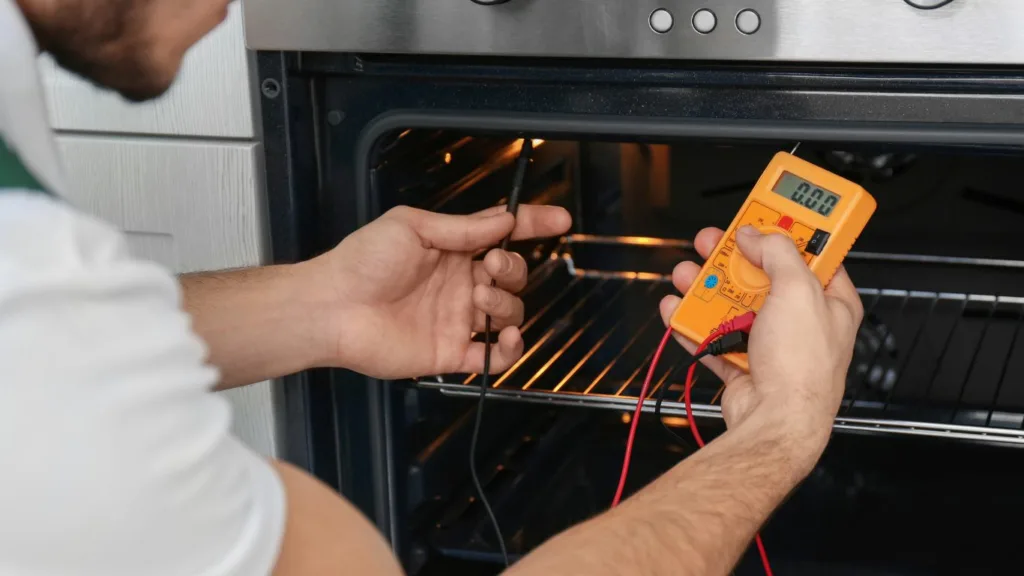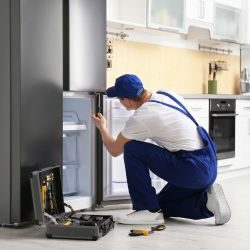
-
1. Gather Your Tools & Materials
Having the right tools for the job makes everything easier (and safer!). Here's what you'll need to channel your inner electrician:
-
2. Safety Always
This is not the time to be a "maak 'n plan" hero. Electricity demands respect:
- Disconnect Power: Trip the circuit breaker to your stove at the distribution board. Double-check with the voltage tester to ensure the power is completely off.
- Insulated Tools: Always use insulated gloves and tools to prevent electric shock.
- Dry Hands, Dry Area: Water and electricity are a dangerous combination. Make sure your hands and the work area are dry before you start.
- Grounding: Ensure your stove is properly grounded. If in doubt, call an electrician.
-
3. The Wiring Check-Up
Lets begin
- Power Cord & Plug: Look for cracks, fraying, or exposed wires. Check the plug prongs for burning or damage.
- Terminal Connections: Where wires connect to components, ensure screws are tight and free from corrosion.
- Wire Insulation: Inspect for wear, cracks, or melting. This is serious stuff!
- Ground Wire: Make sure it's securely connected to the stove frame and the electrical box.
- Internal Wiring (Advanced): Only if you're confident, remove the back panel to check for loose connections or damage inside.
-
4. Common Wiring Woes & Fixes
Here are some typical problems and how to tackle them:
- Loose Connections: Tighten those screws!
- Damaged Cord: Replace it with a new one that matches your stove.
- Dodgy Outlet: Call an electrician to check and replace if needed.
- Burned Wiring: Definitely a job for a qualified electrician.
- Tripping Breakers: Find the cause (overload, short circuit) before resetting. If it keeps happening, call for help.
-
5. Keep Those Wires Happy
Prevention is better than a nasty shock:
- Cleanliness is Key: Regularly clean your stove to prevent grease build-up that can affect wiring.
- Don't Overload: Running multiple high-wattage appliances at once can strain the wiring.
- Ventilation: Ensure good airflow around the stove to prevent overheating.
- Pro Inspection: Every few years, get a qualified technician to give your stove a thorough check-up.
Tools
- 1. Insulated Screwdriver Set
Use our form to book a repair
Common Causes of Stove Wiring Issues
Stove wiring problems can occur for various reasons. Here are some of the most frequent causes:
1. Wear and Tear Over Time – Frequent use can cause wires to degrade, leading to loose or faulty connections.
2. Power Surges – Electrical fluctuations can damage internal wiring, affecting the stove’s functionality.
3. Incorrect Installation – Not properly wiring during installation can lead to performance issues or safety hazards.
4. Rodent Damage – In some cases, pests can chew through wires, causing electrical failures.
5. Overheating Components – Excessive heat exposure can melt insulation around wires, increasing the risk of short circuits.
If you’re having stove wiring issues, it’s very important to address the problem promptly to prevent further damage or potential safety hazards.
